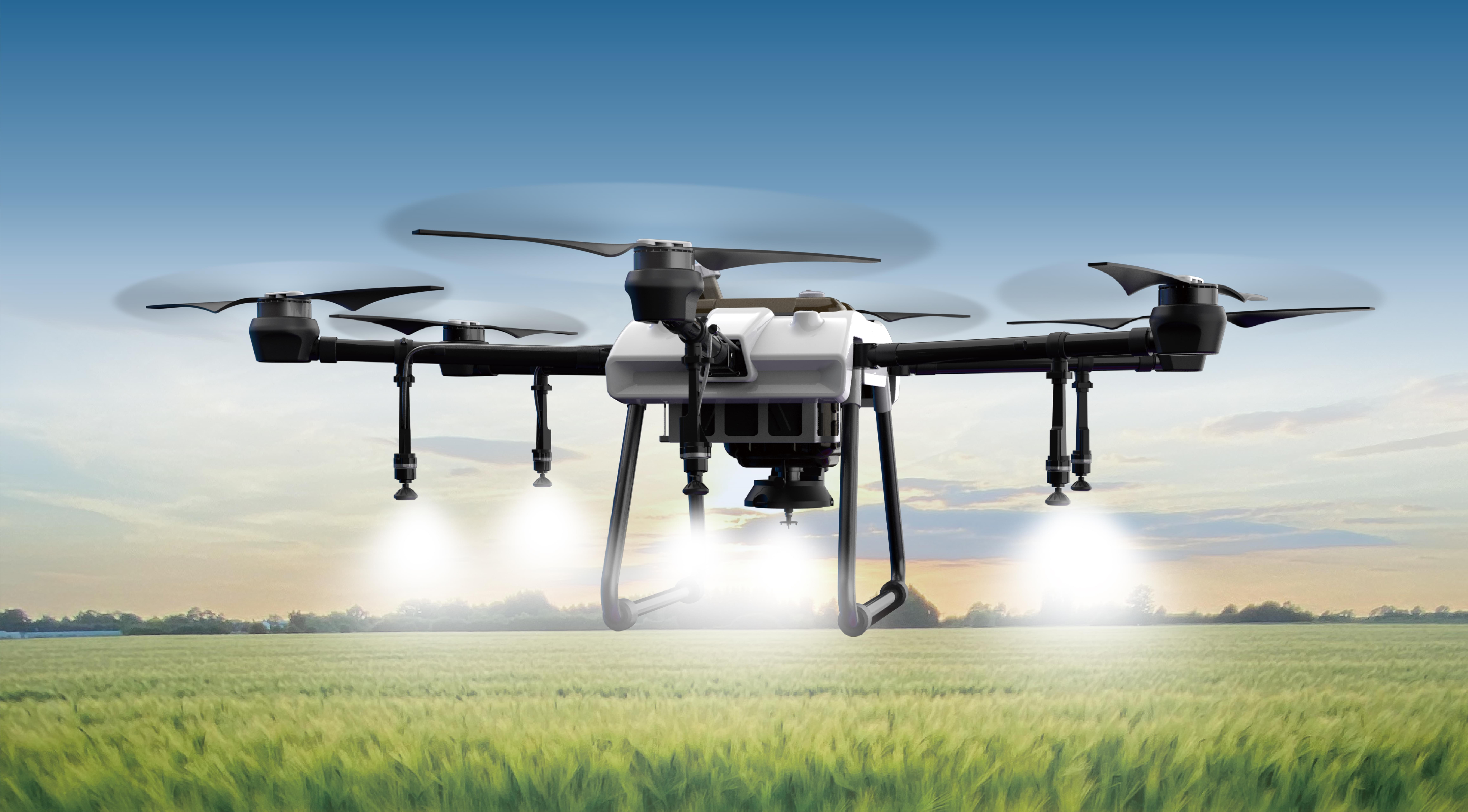Unveiling the Magic of Remote Servos
Imagine a tiny device that responds to your commands from across the room, adjusting its position with precision—sounds like something out of a sci-fi film, right? But in reality, remote servos are integral to many modern applications, from robotics and remote-controlled vehicles to home automation and even creative art installations. The fascinating part? You can build your own remote servo with some basic electronics knowledge, a few handy components, and a splash of curiosity.

Understanding What a Servo Is
Before diving into how to make one, it's helpful to understand what exactly a servo is. At its core, a servo is a small motor equipped with a feedback system, enabling it to rotate or position itself with high accuracy. Typically used in RC (radio-controlled) models, robotic arms, or precision instruments, servos are capable of rotating to a specific angle upon receiving a control signal.
Most standard servos work within a range of 0 to 180 degrees, controlled by a PWM (Pulse Width Modulation) signal. The duration of the pulse determines the position of the servo's arm. For example, a 1 ms pulse might turn the servo to 0°, while a 2 ms pulse nudges it to 180°.
The Concept of Making a Remote-Controlled Servo
Creating a remote-controlled servo involves two primary components:
The Control System — which sends commands wirelessly. The Actuator (the Servo) — which receives commands and moves accordingly.
The challenge is translating a wireless signal into precise control of the servo. To achieve this, you'll typically need a few core parts:
Microcontroller (like Arduino, ESP8266, or Raspberry Pi) Wireless module (such as Bluetooth, Wi-Fi, or RF modules) Power supply Servomotor Miscellaneous components (resistors, capacitors, jumper wires)
Stepwise Path to Building Your Own Remote Servo
Let's take an overview of the process:
Choose the Right Components: Decide on the type of wireless communication (Bluetooth is user-friendly, Wi-Fi offers broader range, RF modules are simple and effective). Design the Circuit: Connect the microcontroller to the wireless module and the servo, ensuring power lines are stable and properly isolated. Write the Code: Program the microcontroller to interpret incoming wireless commands and translate them into PWM signals for the servo. Test and Refine: Initially, test with simple commands. Tweak your code and connections based on performance. Create a Remote Interface: Develop or use existing apps (like a smartphone app) to send commands wirelessly, making control intuitive and fun.
Now, let’s delve deeper into each of these crucial steps, focusing on practical tips, specific component suggestions, and potential pitfalls to avoid.
Choosing Your Components
The backbone of your remote servo project hinges on selecting suitable components:
Microcontroller: Arduino Uno is beginner-friendly and well-documented, perfect for initial experiments. For wireless projects, ESP32 or ESP8266 microcontrollers are fantastic because they come with integrated Wi-Fi. Wireless Module: Bluetooth: HC-05 or HC-06 modules offer easy, straightforward communication, ideal for close-range control. Wi-Fi: Built-in Wi-Fi on ESP32/ESP8266 makes for a cleaner setup. RF Modules: 433MHz RF modules — simple, low-cost, but require understanding of RF protocols. Servo Motor: Standard RC servos like the SG90 or MG90S are affordable and easy to control. Power Supply: Servos can draw significant current, especially under load. A dedicated 5V power supply for the servo is recommended to avoid resets or resets caused by voltage dips.
Circuit Design Tips
Creating a reliable connection requires meticulous wiring:
Connect the servo's power line to the dedicated power supply, not directly from the microcontroller’s 5V pin if you're using a high-torque servo. Connect the servo's control wire to a PWM-capable pin on the microcontroller. The wireless module’s TX and RX pins should connect to the microcontroller’s RX and TX, respectively, with proper voltage level shifting if necessary. Use a common ground between all components to minimize communication issues.
Coding the Microcontroller
Programming is the crux of ensuring your remote servo responds correctly. Here's what you'll typically do:
Initialize wireless communication: set up Bluetooth or Wi-Fi server/client. Receive data packets: interpret incoming commands—these could be simple angles or control signals. Convert commands into PWM signals: use PWM functions to set servo position, based on received data. Add error handling: ensure your code manages disconnections or malformed signals gracefully.
Testing and Debugging
Start small: hard-code some test commands to verify your servo responds correctly. For wireless testing:
Use a smartphone app like Bluetooth Terminal for Bluetooth modules or a web interface for Wi-Fi modules. Observe the servo's movement and tweak the code accordingly. Make sure to debounce signals if you're using buttons or sensors as triggers.
Creating a User-Friendly Remote Interface
A compelling controller transforms your project from a technical experiment into an interactive experience:
Use free apps (like Blynk, MIT App Inventor, or simple custom web pages) to send commands wirelessly. Integrate a slider that controls the servo angle. Add buttons for preset positions, making your remote control more intuitive.
Safety Precautions
While building your remote servo:
Always disconnect power before wiring or modifying circuits. Use current-limiting resistors or fuses to prevent accidental shorts. Keep wiring tidy; loose connections can cause unpredictable behavior.
That covers the initial setup, component selection, and basic control logic. In the next part, we'll explore advanced customization, troubleshooting tips, creative applications, and the limitless possibilities of remote servo projects—whether you're aiming to make a robot arm dance or automate home installations with precision.
Kpower has delivered professional drive system solutions to over 500 enterprise clients globally with products covering various fields such as Smart Home Systems, Automatic Electronics, Robotics, Precision Agriculture, Drones, and Industrial Automation.




































